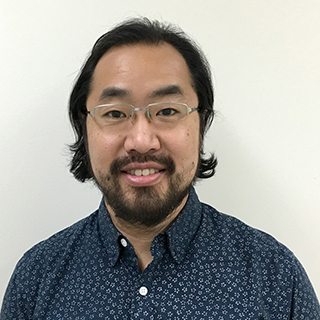My path to vision research began as an optometrist graduating from the University of Melbourne, Australia. Although I enjoyed clinical optometry, it was during this time that I found a passion for wanting to understanding retinal diseases, particularly glaucoma. I decided to venture into research and completed my doctoral studies in the area of retinal neurochemistry. I was interested in understanding the selective vulnerability of different retinal cell types and the changes in the circuitry of these cells secondary to retinal ischaemia/reperfusion (ie, loss of blood circulation and its restoration in the eye). Using pharmacologic manipulations, cationic gating experiments, and the electroretinogram, we showed that cone bipolar cells were particular vulnerable to ischaemia/reperfusion injury compared to rod bipolar cells.
In 2007, I transitioned to Boston and began to focus my work on the contribution of optic nerve astrocytes in the pathophysiology of glaucoma. As a postdoctoral fellow at Massachusetts General Hospital, I used a novel transgenic mouse in which individual astrocytes expressed GFP (green fluorescent protein (GFP), which exhibits bright green fluorescence when exposed to light) to define the full morphology and spatial arrangement of astrocytes in the mouse optic nerve head. In this manner I was able to produce an anatomical map of astrocytes within the normal optic nerve head. I then moved to the Massachusetts Eye and Ear Infirmary and as a next step, I studied how these astrocytes reacted and morphologically remodeled when subjected to experimental elevations in intraocular pressure and nerve crush. My current work builds on those most recent findings and now looks into the function or purpose of the astrocyte reactivity and remodeling within the optic nerve head and the mechanisms involved.
